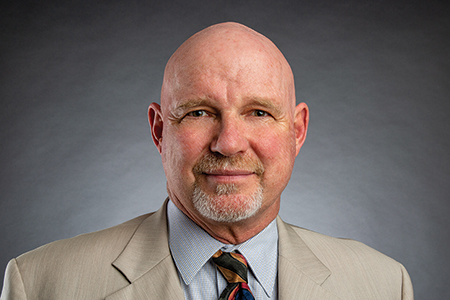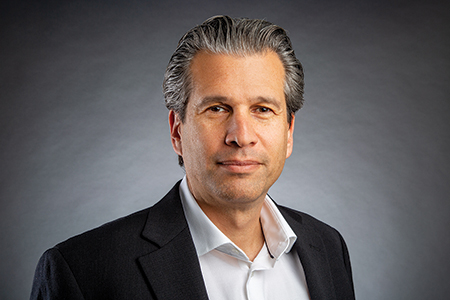A Different Path To An IPO
By Raymond Tesi & David Moss

A PATH RARELY TAKEN

At INmune Bio, we chose a third path. When our company launched, the founders eschewed VC in favor of public-market financing to build the company. Our reasoning was simple — we wanted to keep the capital structure of the company simple and clean. We believe complicated capital structures with preferred rights instruments, warrants, and convertible debt is off-putting to the public-market investor. In our opinion, complicated capitalizations hamstring a company’s ability to raise the growth capital that is essential in this business. Thus, the capital structure of INmune Bio is all common stock.
Our decision to issue common stock only had three consequences. First, eliminating preferred stock and unit deals meant a large portion of the private company capital was not available to us. VC firms often invest in preferred stock. Many crossover funds are biased to investments with special rights or unit deals. To fund the company beyond the founder’s seed round, we chose to raise funds with a “friends-and-family approach” — a process akin to running a political cam-paign on individual donations. The funding was small and required considerable effort per dollar raised. That scarce capital was carefully deployed to reach milestones that demonstrated progress to increase the value of the company.
The second consequence of our unique approach to an IPO was that we had to self-file an S-1 with the SEC to attract a bank that would take the company public — the complete opposite of the typical process. Banks, like investors, look to previous investors for validation, and as a result, without recognizable names in our first round, many doors remained closed.
Finally, with the S-1 filed and the banks on the book, we needed investors. Once again, we paid a price for avoiding the well-trodden paths of biotech financing. Our IPO was largely a retail round with little institutional support, which meant that our IPO was less than a “big bang.”
FREEDOM TO SUCCEED
This more challenging path to an IPO allowed us to follow our vision and attract investors who share that vision. So today, we have the freedom to succeed.
Throughout the process, we held two principles sacred. First, success at the bedside is all that matters. Put another way, if our therapies make patients better, we will succeed. Second, we will do what it takes to reward those investors who had faith in us. In the modern era of biotech financing, we returned to the simple capitalization structure of the past with a plan to use the public markets as a financing strategy.
RAYMOND TESI, M.D., is CEO and cofounder of INmune Bio (NASDAQ: INMB), a clinical-stage biotechnology company developing therapies targeting the innate immune system to fight disease.
DAVID MOSS is CFO and cofounder of INmune Bio.
